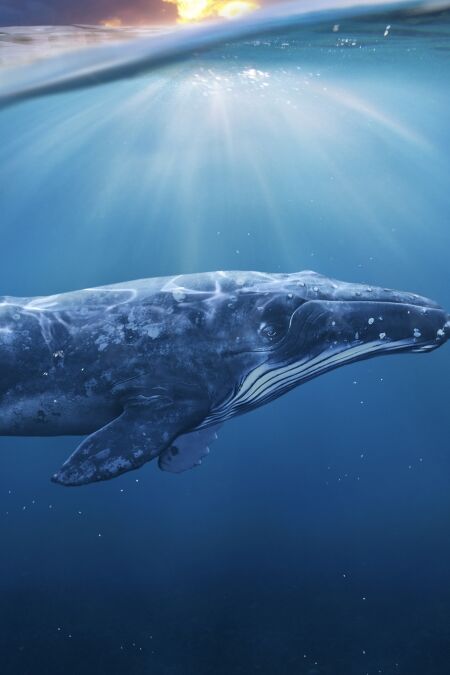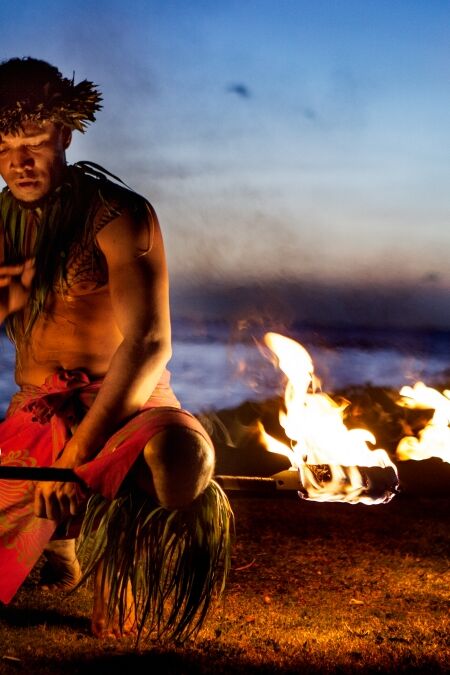Hula, the traditional dance of the Hawaiian Islands, is often shrouded in a myriad of misconceptions that distort its true cultural significance and artistic depth. Commonly mistaken as merely a form of entertainment for tourists, hula is, in fact, a complex and historic art that conveys the stories, traditions, and values of the Hawaiian people. Through this article, we aim to shed light on the authentic essence of hula, addressing and correcting the widely held but inaccurate beliefs that surround this profound expression of Hawaiian heritage.
5 Common Misconceptions about Hula
1. Hula is Simply Entertainment
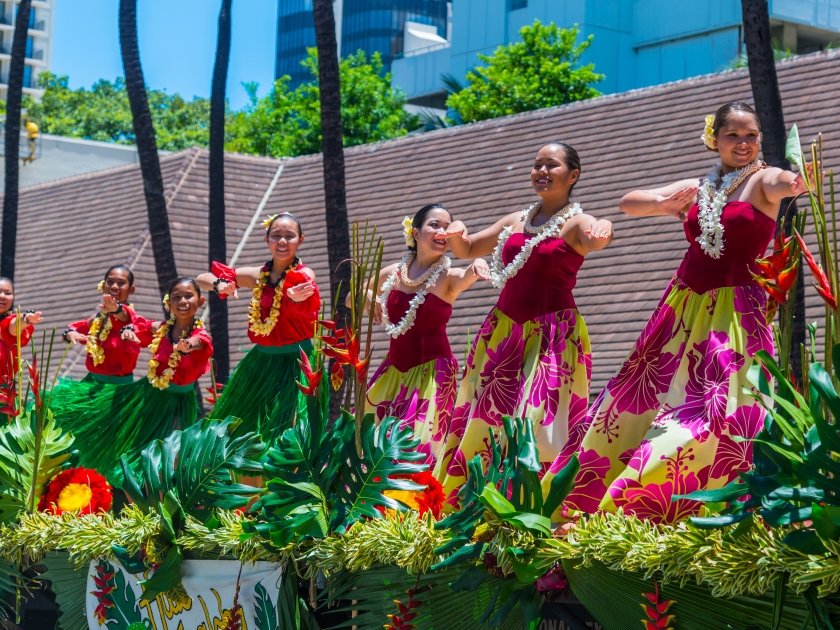
While hula is often perceived merely as a form of entertainment for tourists, its roots run much deeper. Hula is an ancient Hawaiian art form that encompasses storytelling, spirituality, and the preservation of culture. The dance conveys historical narratives, honors deities, and teaches moral lessons, making it a cornerstone of Hawaiian identity and tradition. The movements and chants involved in hula are deeply intertwined with Hawaiian rituals and are often performed during important events, such as the honoring of ancestors or the celebration of significant historical dates. Storytelling through hula is integral to these ceremonies, as each gesture carries specific meanings and conveys parts of Hawaii’s rich history and mythology.
2. Hula is Only for Women
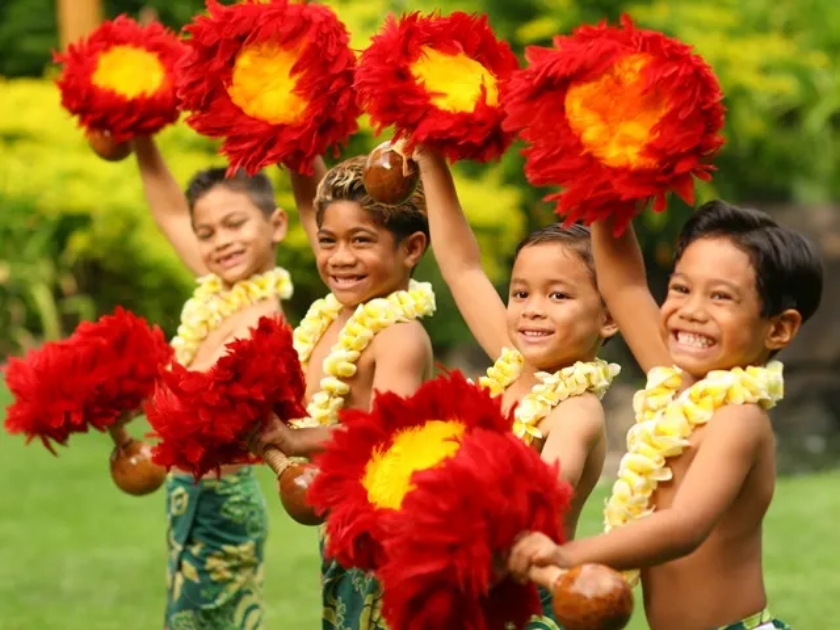
This misconception fails to recognize the historical presence of male dancers in hula. Historically, men were the primary practitioners of hula, performing dances that were both powerful and intense. They held an important role in preserving the stories, legends, and history of the Hawaiian people through their movements. Today, hula is inclusive, practiced by both men and women who are equally dedicated to perpetuating the cultural traditions embedded within the dance. A notable figure in the hula community is George Na’ope, one of the most revered kumu hula (hula teachers) of the 20th century. His passion for hula and its cultural importance led him to confound the Merrie Monarch Festival, an annual competition that has helped to revive and maintain traditional hula practices.
Learn More: Exploring the Artistry and Tradition of Male Hula Dancers in Hawaii
3. Hula is Easy to Learn
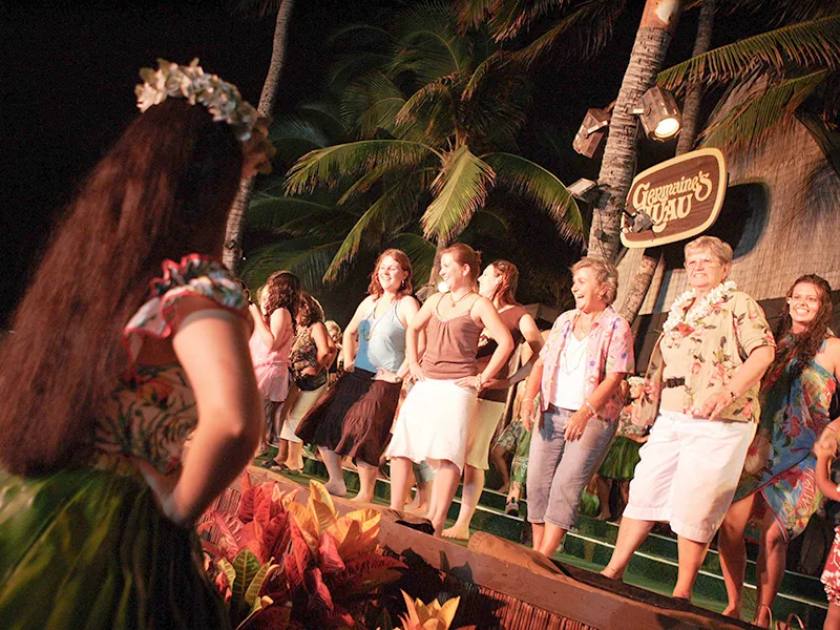
The elegance and seemingly effortless flow of the hula can mislead one to assume the dance is easy to learn. In reality, hula requires meticulous coordination, rhythm, and muscle control. Dancers must master subtleties in hand motions that depict natural elements, precise footwork, and expressive facial gestures to truly convey the narratives and emotions of the dance. Hence, learning this art form can be a lengthy and disciplined process, rooted in deep cultural practice and respect for its traditions.
4. All Hula Dances are the Same
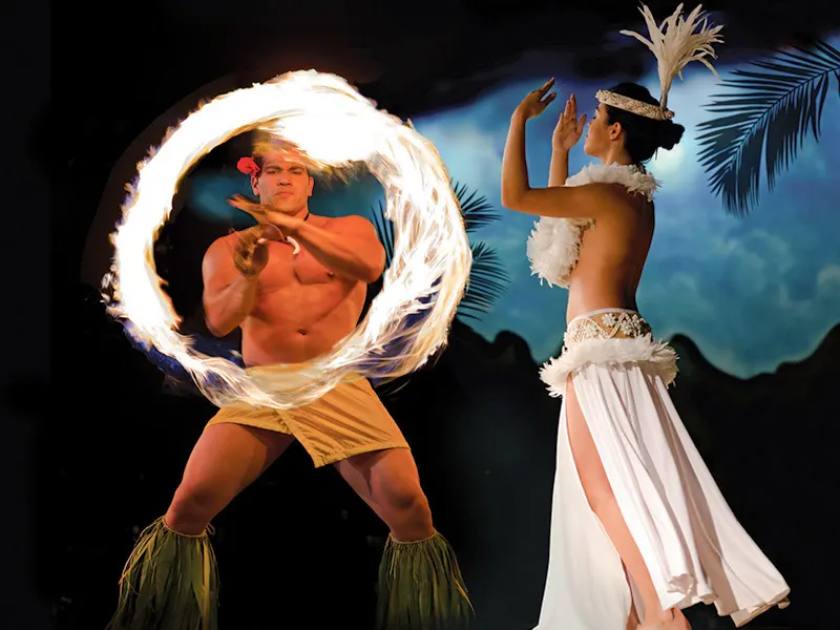
One of the most common misunderstandings about hula is that it is monolithic, with all dances being the same. In reality, hula is distinguished by two main styles: Kahiko and ʻAuana. Kahiko is the traditional style of hula, characterized by its disciplined movements and chants, which are performed to the accompaniment of percussion instruments made from natural materials. This form preserves the dance’s ancient heritage and solemnity. In contrast, ʻAuana is the contemporary style, influenced by Western culture and performed with melodic vocals and string instruments. It features a more fluid and interpretive form of movement, reflecting the evolution of Hawaiian culture over time.
5. Hula is Only Performed in Hawaii
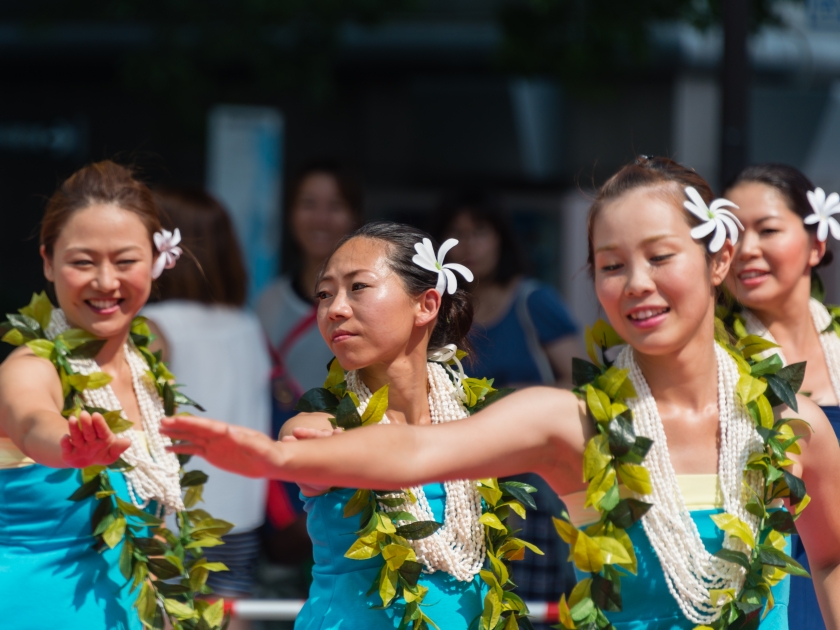
While hula is unequivocally Hawaiian in origin and closely tied to the islands’ cultural heritage, its beauty and significance have resonated globally. Across the world, from Japan to Europe, hula schools and performances can be found, celebrating the intricate movements and rich stories that are trademarks of the dance. This international appeal underscores the universal language of dance and how hula, as a cultural ambassador, fosters a deeper understanding and appreciation of Hawaiian culture far beyond its shores. In Japan, hula is celebrated with an enthusiasm that rivals that of its native land, with numerous hālau hula (hula schools) and the yearly Tokyo Hula Festival, showcasing the artistry of this dance form. Furthermore, European countries have seen a rise in interest, highlighted by events such as the London Hula Festival, which brings together a diverse audience, united by their passion for hula. These events underscore the adaptability and appeal of hula as it continues to thrive within various cultural landscapes worldwide.
Importance of Understanding Hula Beyond Stereotypes
In examining these misconceptions about Hula, it becomes evident that there is a profound depth and complexity to this cultural treasure that surpasses common stereotypes. Understanding hula requires recognition of its role in chronicling history, expressing spirituality, and celebrating community. It is not merely a tourist attraction nor a simple dance, but a rich tradition that demands dedication and communicates values. By embracing the true essence of hula, we acknowledge its significance beyond mere entertainment and honor it as an integral part of Hawaiian heritage.
Honor the Living Tradition through the Practice of Hula
As we explore the depth and complexity of hula, it is crucial to approach Hawaiian culture with respect and appreciation. The traditions and practices of hula are vibrant elements of a living and breathing culture that Hawaiians continue to cherish and nurture. Each performance, each chant, and each movement is imbued with a history and significance that demands our reverence. As spectators or learners of this art form, it is our responsibility to honor the legacy and convey the deep respect we have for the Hawaiian people and their profound cultural expressions.


